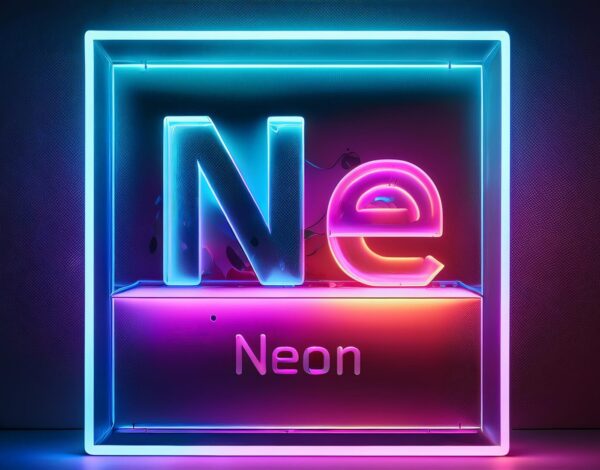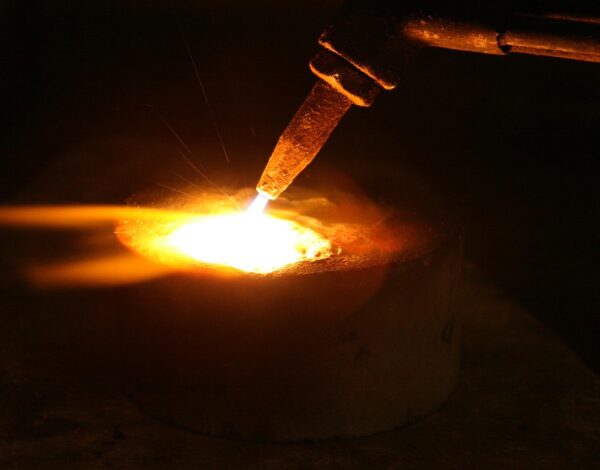

The Necessity of Nitrogen in Aerospace Applications
Aerospace has many applications for nitrogen, specifically covering emergency technology that must be safeguarded from common hazards. As an inert gas, nitrogen optimizes aerospace applications by preventing combustion and fires, purging oxygen, and offering an affordable, sustainable solution to countless areas of operation.
Eliminating a Point in the Fire Triangle
Nitrogen fights potential fire hazards in one key way: by eliminating one point in the fire triangle. As a purging gas, its inert nature is denser than oxygen. If caught by the slightest spark in a jet fuel tank, or if a rubber inflatable slide or tire were to catch fire, the whole machine could be compromised. By removing oxygen, with only heat and fuel remaining, nitrogen eliminates fire’s ability to ignite and thrive.
There are four main applications in which nitrogen is essential to aircraft function:
1. Fuel Tanks: Jet fuel is a highly flammable fuel, and airplanes run the risk of explosions or catching fire. Nitrogen acts as a purging gas, ridding fuel tanks of a necessary component for fires: oxygen. By purging oxygen, the fuel tank is also primed to prevent oxidation, degradation, and corrosion. This can be accomplished through Nitrogen Generation System (NGS).
2. Shock Absorption: Airplanes implement oleo struts, which are hydraulic devices that act as shock absorbers for landing gear. Nitrogen allows optimal damping (retention during landing) in the undercarriage of airplanes, used specifically in spring components. Since nitrogen is a dry gas, it eliminated the risk of corrosion these moving parts experience when moisture is present.
3. Inflation Systems: Nitrogen mixed with air inflates emergency escape slide rafts. Inflated through a pressurized cylinder, regulating valve, high-pressure hose, and an aspirator, the valve releases the gas at a steady rate as to not reduce the risk of combustion. The Federal Aviation Act requires planes be evacuated within 90 seconds using at least 50 percent of the available exits. As an inert gas, nitrogen as the inflating gas reduces the risk of explosion and flammability of escape slide rafts.
4. Tire Inflation: Prone to bursting in-flight or on the ground, tires are often worn down by foreign objects. When pressure is released rapidly, or when air is heated in the tire, triggered chemical reactions can cause auto-ignition to an already very flammable material. The presence of nitrogen offers a wide range of benefits for this specific application, including reducing tire fatigue and the risk of melting plugs when brakes overheat.
The aerospace industries rely on nitrogen in many ways: its dry composition, the fact that it does not leak through rubber seals, and that it is able to effectively operate under high temperatures and pressures makes no other gas suitable in comparison. It is also one of the more cost effective and readily available atmospheric gases on the market, not subjected to the obstacle of frequent shortages like helium or carbon dioxide.
High purity is often critical in each of these scenarios, as any hint of contamination could be cause for danger. Customers will want to ensure that the nitrogen being supplied is a certified high purity specialty gas, which will include that each cylinder has been certified and tested. Finding a supplier that partners with specialty gas experts like PurityPlus can provide customers with the precision and peace of mind they need.
High Purity Nitrogen Suppliers
Rocky Mountain Air is a certified distributor of high purity nitrogen. Specialty gas impurities are analyzed with advanced equipment – the most common being gas chromatographs – at our Salt Lake City plant in concordance with our PurityPlus specialty gas partnership.
PurityPlus partnerships certify that we are selling the highest grade product, and that products will be delivered whenever you need them. This partnership aligns directly with Rocky Mountain Air’s promise to deliver flawless dependability to our customers. Contact your local branch to learn more about PurityPlus specialty gases, or to order a certified mixture today. We look forward to serving you.



